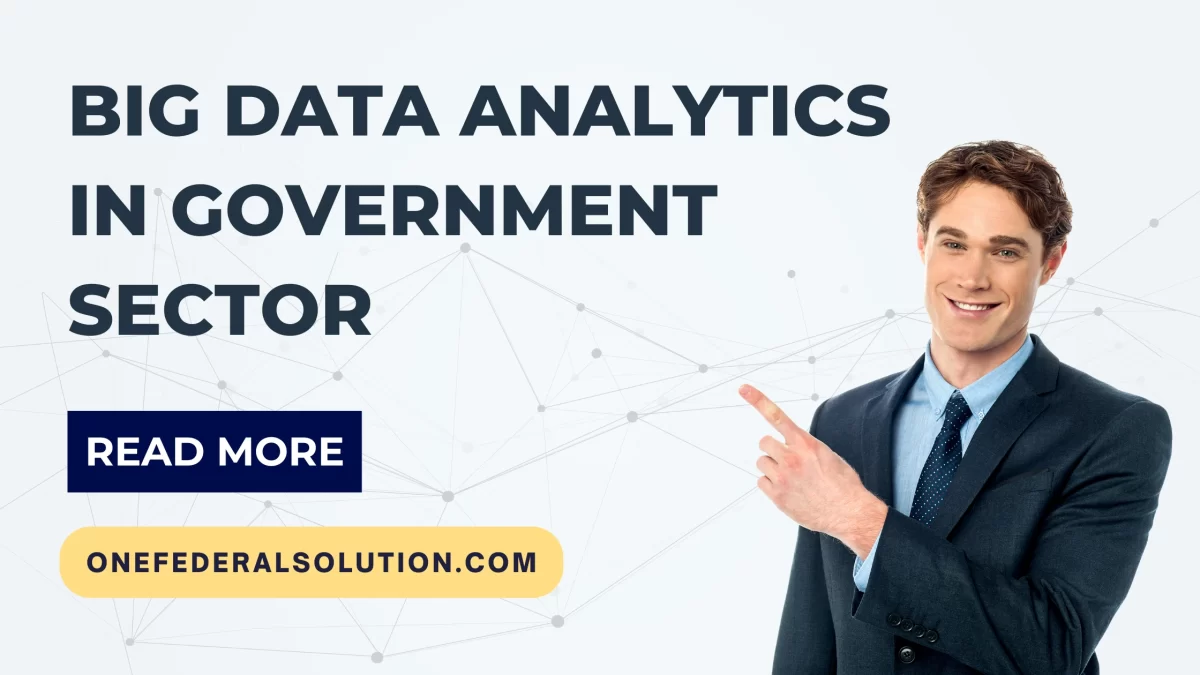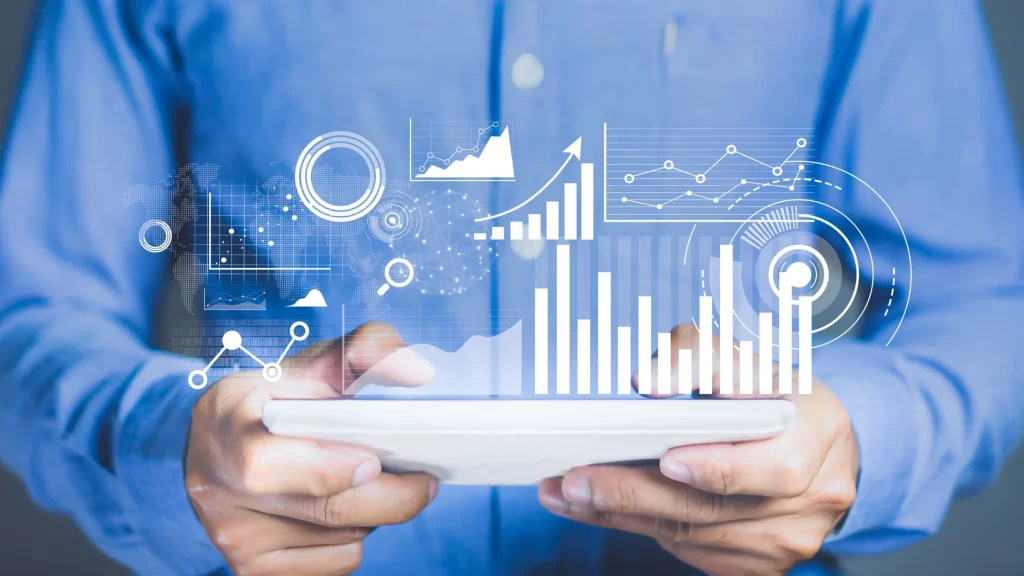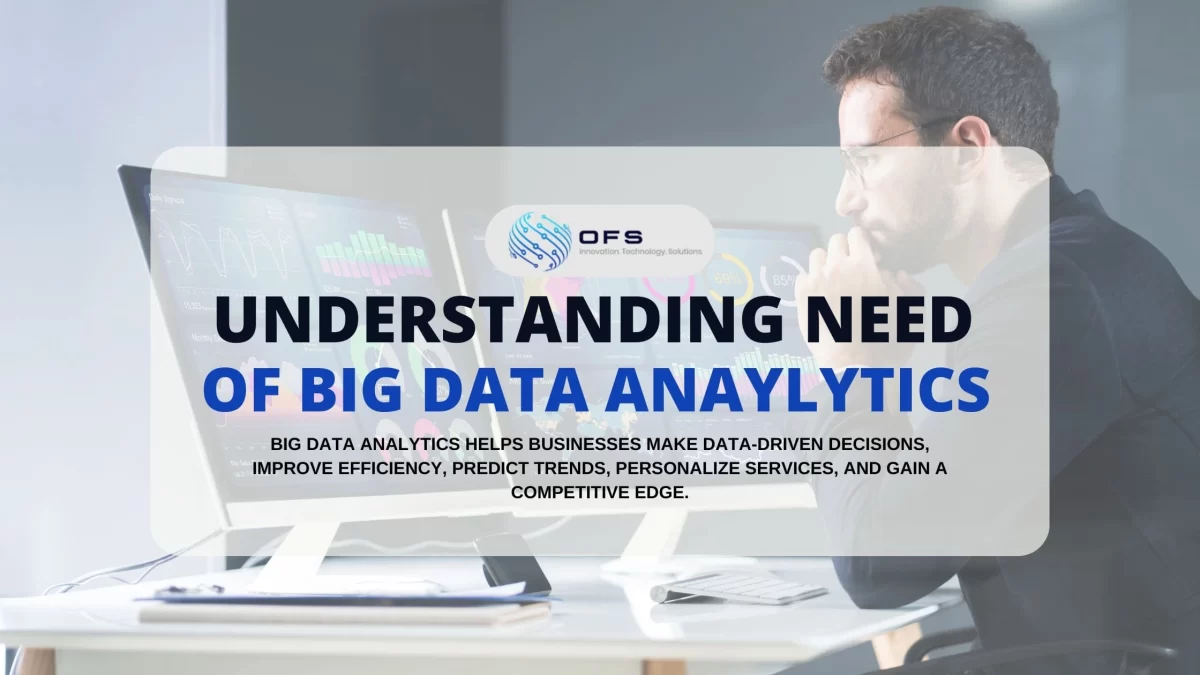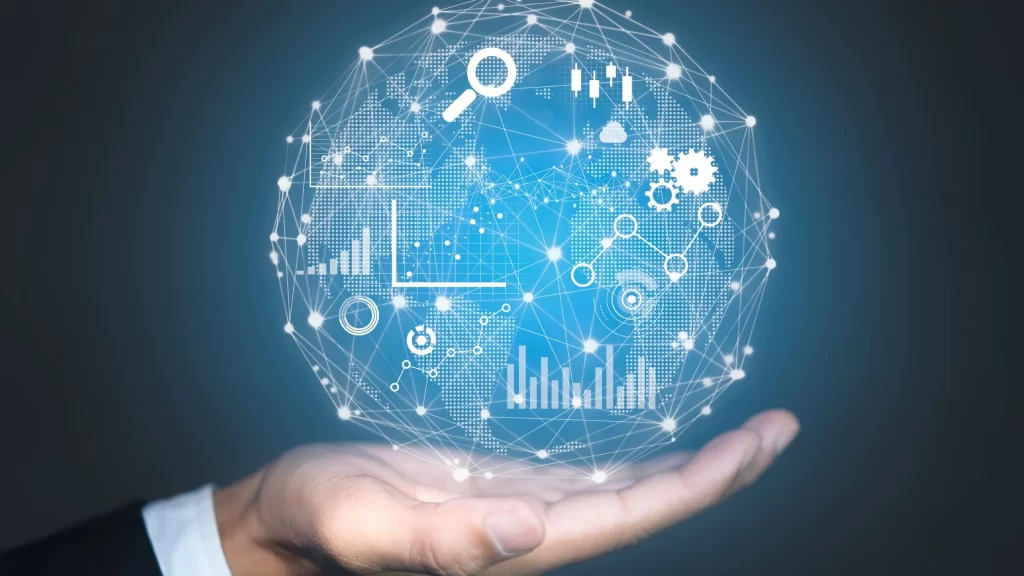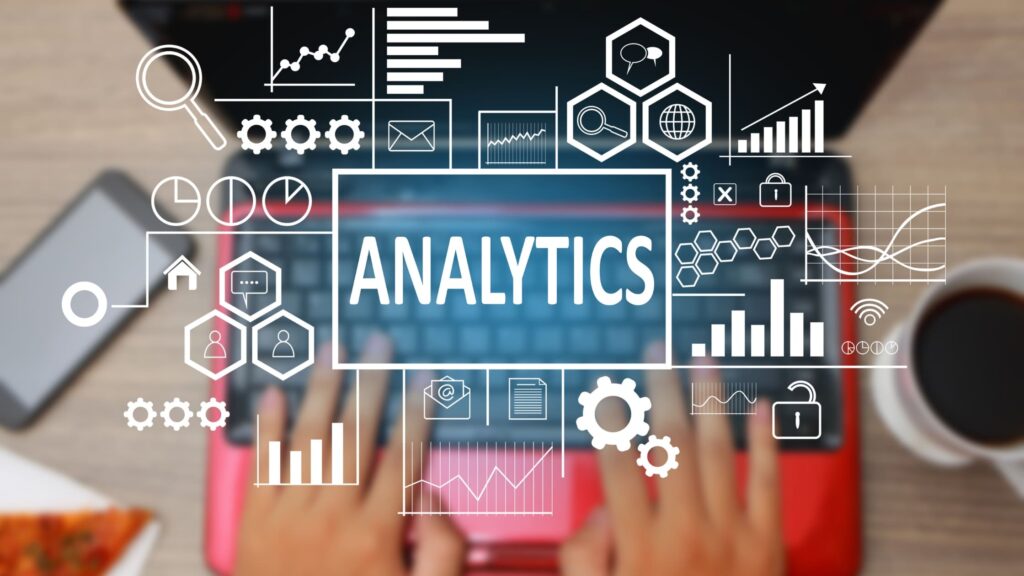Imagine if governments could truly understand what citizens need, spot problems before they grow, and make better decisions every day. This is no longer just a dream—it’s becoming a reality thanks to big data analytics in government. With the right tools and technology, data is helping leaders make smarter choices, improve services, and create more transparent systems.
In this blog, we’ll break down what big data analytics in the government sector means, how it works, why it matters, and how it’s changing the way governments operate. Let’s get started.
What is Big Data?
Big data is a term used to describe extremely large sets of data that come from many different sources. This data is often messy, fast-moving, and unstructured. Examples of big data in government include:
- Online applications and registration forms
- Social media activity and public sentiment
- Data from traffic lights, GPS systems, and road sensors
- Health records that are made anonymous for privacy
- Environmental sensors monitor air and water quality
Because the volume of data is so large, traditional methods of analysis just don’t work. This is where big data analytics comes in. It uses advanced tools and algorithms to process the data, identify patterns, and pull out useful insights that can help solve real-world problems.
Why Big Data Matters in Government
Governments collect huge amounts of data every day. But without the right tools, much of it goes unused. Data analytics in government unlocks the potential of this information. It gives officials the power to understand what’s happening in real time and make decisions that are based on evidence—not guesswork.
Here are some of the major benefits of government data analytics:
1. Better Decision-Making
With the help of analytics, leaders can study past trends, current issues, and future predictions. This helps them make smarter policies and improve public programs.
2. Improved Services
Big data in government shows where systems are slow or inefficient. By fixing these weak spots, governments can deliver faster and better services to the public.
3. Public Safety
By analyzing crime statistics, traffic reports, and even social media activity, governments can predict risks and prevent problems before they happen.
4. Budget Optimization
Data analytics helps identify wasteful spending. This ensures that taxpayer money goes to the right places—like schools, roads, and healthcare.
5. Preparedness and Planning
Governments can spot early warning signs of disease outbreaks, infrastructure damage, or environmental problems—and act before the situation gets worse.
6. Personalized Services
With anonymized data, governments can better understand different groups of people and offer programs tailored to their unique needs—while still respecting privacy.
7. More Transparency
Sharing insights with the public builds trust. People can see how and why decisions are made, making big data and governance more accountable.
Real-Life Uses of Big Data in Government
Let’s look at how big data analytics in government is already making a difference:
Traffic Control
Using data from road sensors and GPS systems, traffic lights can be adjusted in real time. This improves the flow of traffic and reduces congestion.
Public Health
Anonymized health data helps track disease outbreaks, understand risk groups, and launch targeted public health campaigns.
Crime Prevention
By studying past crimes, data analytics can predict where future crimes might occur. Police departments use this to assign patrols more effectively.
Emergency Response
During natural disasters, data from social media and GPS helps rescue teams find where help is most needed.
Tax Fraud Detection
Smart algorithms can scan tax return data to find suspicious patterns, helping governments catch fraud and recover lost funds.
Welfare Programs
By analyzing income, health, and housing data, governments can better target support to vulnerable groups.
Environmental Protection
Sensors that track pollution levels help monitor air and water quality. This supports stronger environmental policies and public awareness.
Challenges of Using Big Data in Government
While data analytics for government has many benefits, it also comes with some challenges:
1. Privacy and Security
Governments must protect citizens’ data. This means using secure systems and following strict privacy laws to avoid data leaks or misuse.
2. Disconnected Systems
Many departments collect data separately, making it hard to combine and analyze. Governments must break down these “data silos” for better insights.
3. Data Quality
Bad data leads to bad decisions. To get useful results, the data must be accurate, complete, and consistent.
4. Skill Shortage
Working with big data requires training in data science and analytics. Many government agencies still need to build or hire these skills.
5. Old Technology
Some agencies still rely on outdated IT systems that can’t support big data tools. Modernization can be expensive but necessary.
6. Ethical Concerns
Algorithms must be fair and unbiased. Without careful design, they can unintentionally discriminate or produce unfair results.
How Governments Can Move Forward
To fully benefit from big data and digital transformation, governments must:
- Upgrade infrastructure so their systems can handle big data.
- Set up strong data governance to manage privacy, access, and usage rules.
- Train staff or bring in skilled data professionals.
- Encourage a data-driven culture where decisions are based on facts, not assumptions.
- Be transparent with the public about how data is collected and used.
Conclusion: Big Data as a Game Changer
Big data analytics in the government sector is more than a trend—it’s a powerful tool that can drive better outcomes for citizens. When used responsibly and effectively, big data in government can make services faster, smarter, and more personalized.
From traffic lights that reduce jams to health systems that prevent disease outbreaks, data analytics for government is transforming how cities, states, and nations operate. At the same time, it helps governments become more open, accountable, and responsive.
The path isn’t without obstacles. But with the right investments and a clear focus on ethics and transparency, governments can turn data into action—and action into impact.
In a world that’s changing fast, using big data and governance together is the key to building smarter, safer, and more efficient societies. Let us help you make the most of big data with our big data analytics services at OFS.



